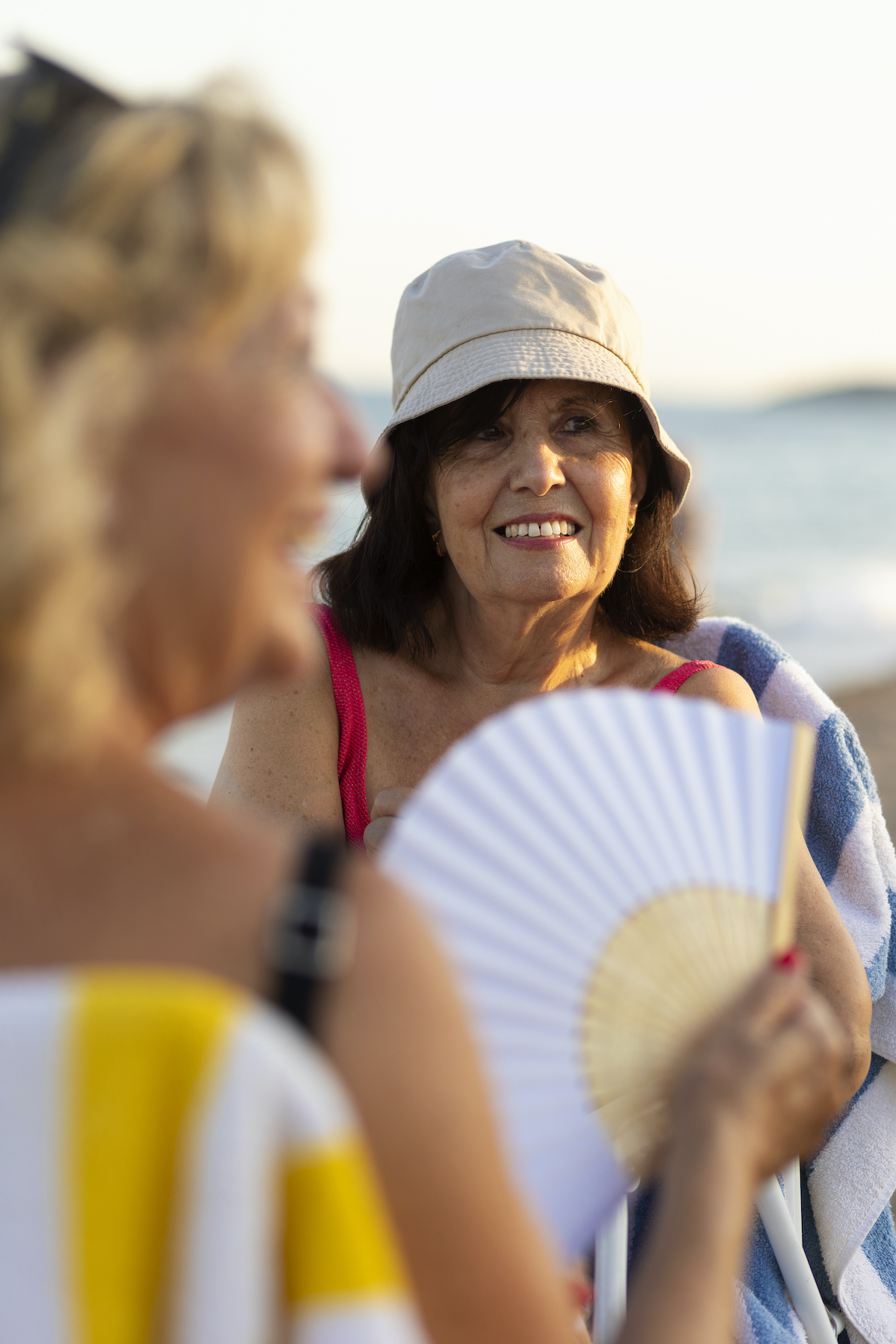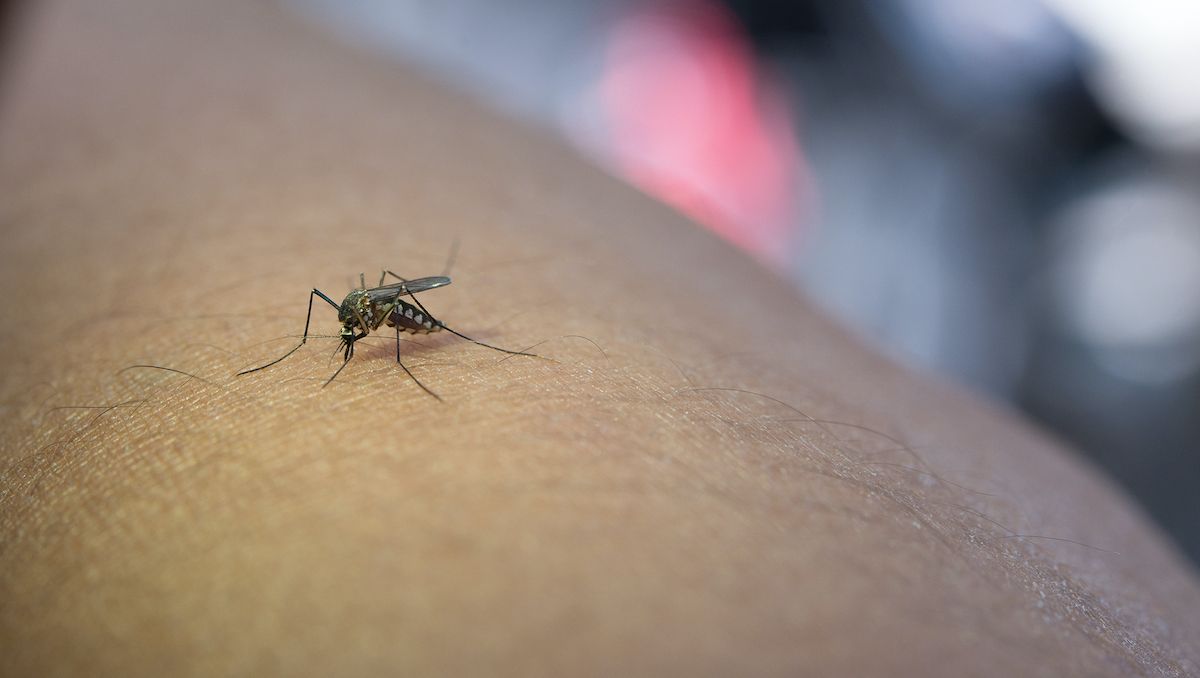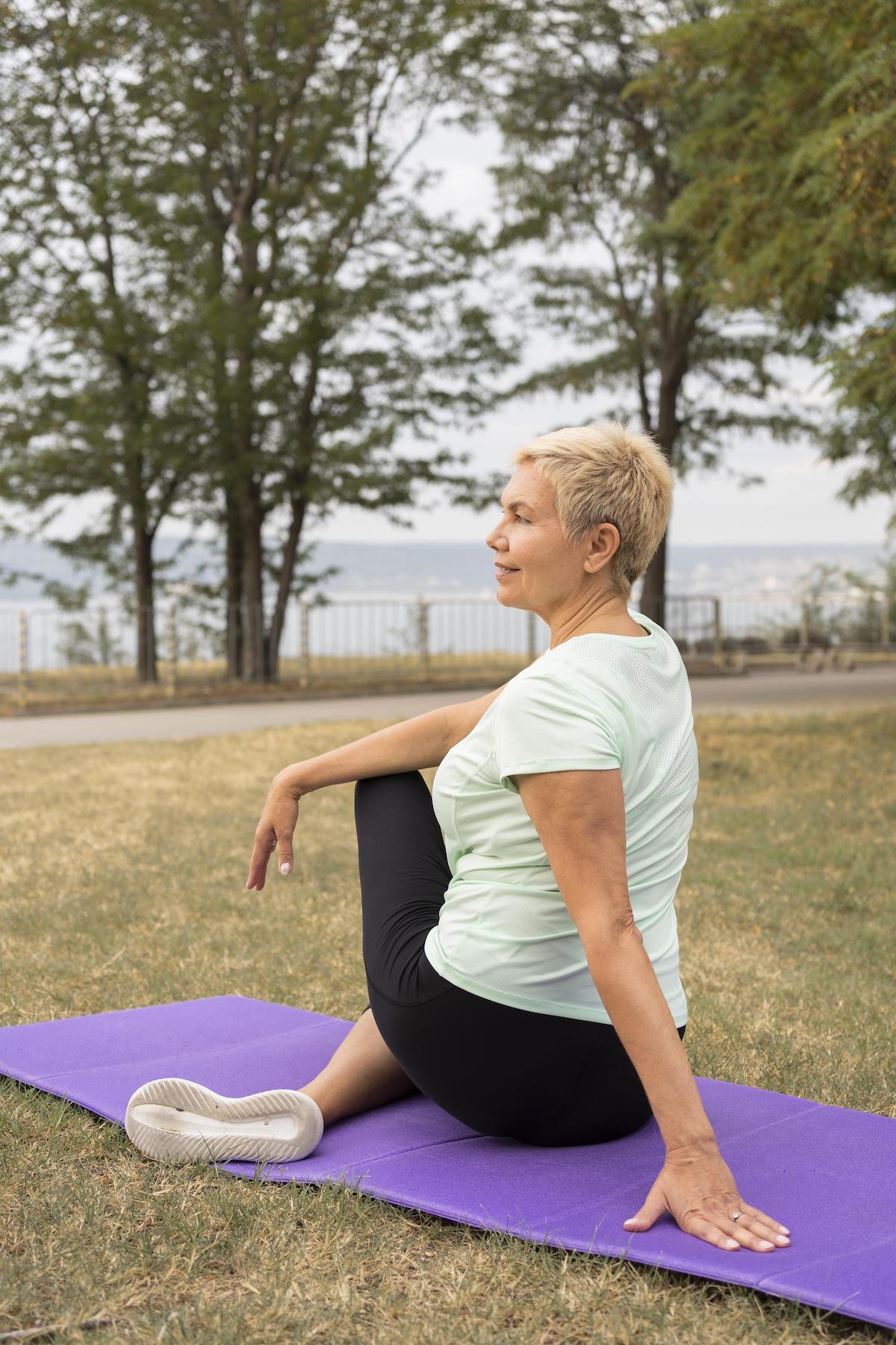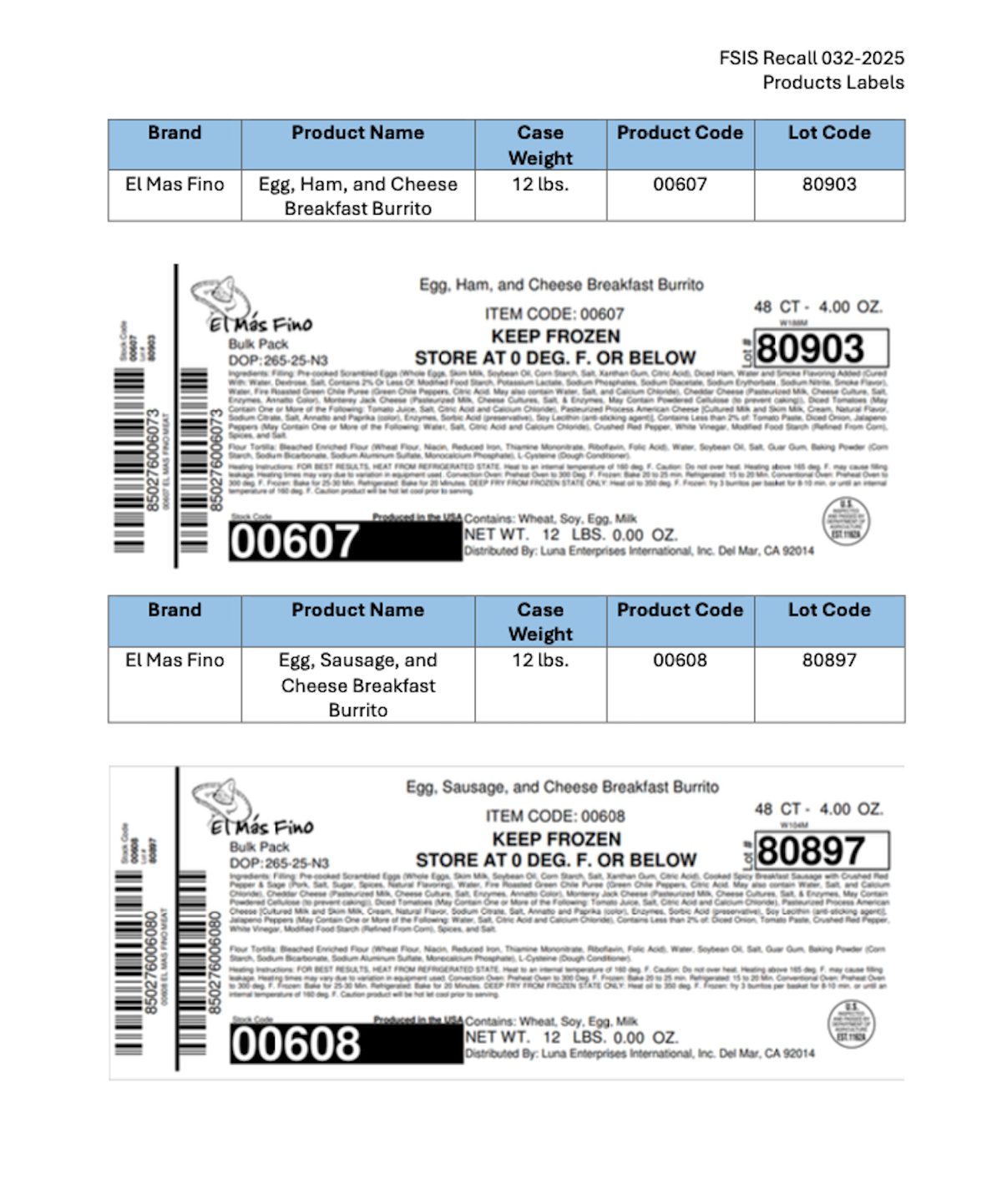By Dr. Emi Rendon Pope
Special to The Island News
Sunscreen is a year-round staple, but this is the time of year when people start slathering up.
For those who don’t protect themselves, however, it can also be the season for sun damage to the skin.
No matter your age, protecting your skin now can help you avoid more complications down the line. The sun’s ultraviolet rays are known to lead to skin damage, early aging and skin cancers. Dermatologists have indicated that most skin damage actually occurs in our younger years, making sun protection important not only for adults, but for children, too.
Our skin tells the story of how much time we’ve spent in the sun, and there are a few ways that our skin can reveal how much sun exposure it has experienced, including brown spots (or “age spots”), broken blood vessels, freckles, hyperpigmentation, tanning and wrinkles.
How can you protect your skin from sun damage?
First, choose the right sunscreen. For darker skin tones, it is recommended to use a sunscreen with an SPF of at least 30 and an SPF of at least 50 for lighter skin tones. Darker skin tones should use tinted sunscreen with iron oxide in it to protect from visible light — not just the UVA rays.
Regardless of “waterproof” claims and “long wear,” all sunscreens must be reapplied every two hours when you’re spending the day in the sun.
According to the American Academy of Dermatology Association (AADA), sunscreen does not contain any harmful substances, despite what you may hear. The only people who should not use sunscreen are children younger than six months old, who should stay in the shade. Other children should only use mineral sunscreen, those with either titanium dioxide or zinc oxide.
When applying sunscreen, don’t overlook sensitive and often forgotten areas like the back of your neck, lips, tops of your feet, ears and scalp.
The Food and Drug Administration recommends wearing clothes that keep you covered, such as a wide-brimmed hat that covers your face, ears and neck; wraparound sunglasses that block UVA and UVB light for eye protection; and lightweight clothing to cover exposed skin.
Finally, don’t shy away from shade. Find an umbrella or covered patio to stay out of direct sunlight or stay indoors when UV rays are strongest, usually between 10 a.m. and 4 p.m.
For skin cancer, early detection matters most
Skin cancer is the ultimate sign of sun damage, so regular skin cancer screenings will protect you far more than a special treatment or cream.
The AADA estimates that more than 3 million people in the U.S. have skin cancer, including basal cell and squamous cell carcinomas. Providers can treat both types of skin cancer effectively when diagnosed in their early stages.
Melanoma is the deadliest type of skin cancer and causes about 20 deaths every day in the U.S. As with other cancers, treatment is more successful if melanoma is identified in its early stages before it reaches the lymph nodes.
Skin cancer screenings can also identify actinic keratosis, the most common type of precancerous skin disease seen by dermatologists. The condition often appears as a red, brown or pink patch on the skin regularly exposed to the sun and its UV rays. This area may be itchy or painful. Commonly affected areas include the hands, lips and face.
If left untreated, it can develop into squamous cell carcinoma. However, treatments are often effective and successful, and most people who get treated for actinic keratosis don’t develop skin cancer.
With all forms of skin cancer and precancerous skin disease, as the saying goes, “An ounce of prevention is worth a pound of cure.” Protecting your skin from damage and making an effort to avoid overexposure will make a difference in the long run and could prevent you from getting skin cancer or precancerous skin disease altogether.
Emi Rendon Pope, M.D., is a board-certified internist at Beaufort Memorial Lowcountry Medical Group Primary Care. She specializes in the prevention, diagnosis and treatment of acute and chronic illness.







